Snapdragons make me happy. The presence of their cheery blossoms in the garden means the best weather has arrived and will continue for months to come – just like those colorful flowers.
Of course, we can’t forget the child-like thrill of pinching the sides to make the “mouth” of the flower open. You never outgrow the urge to make the blossoms talk, right?
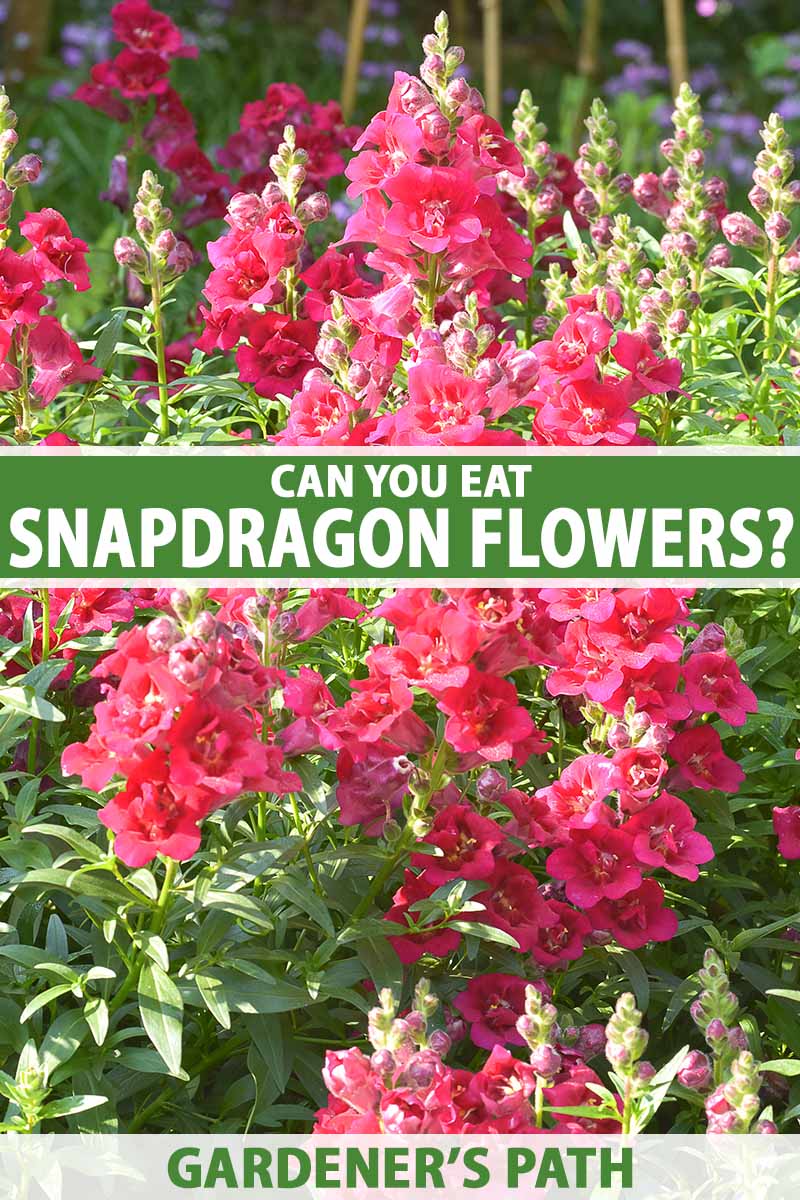
We link to vendors to help you find relevant products. If you buy from one of our links, we may earn a commission.
And let’s not forget the marvelous fragrance, which is light and fruity. In fact, they smell so lovely that sometimes I’m tempted to bring one to my mouth and take a bite.
If you’ve felt the same impulse, don’t hold back. Go ahead and give the thick petals a nibble. Snapdragon blooms are completely edible.
Having said that, they don’t have a flavor that most people immediately fall in love with.
Many are hooked on the flavor of a rose petal from the first bite, whereas snapdragons are a bit more of an acquired taste. But they’re fabulous if you know how to use them.
We’ll discuss that and more in the upcoming guide. Here’s what you can expect:
What You’ll Learn
Whether you grow your snapdragons from seed or you pick up a pack at the store (though we’ll discuss in a bit why you might want to just grow your own), you’re in for a treat.
Get your recipes ready, because we’re about to start tasting.
All About Snapdragon Blossoms
Snapdragons are famous for their asymmetrical, brightly-colored blossoms on tall stalks.
The blossoms mature from the bottom to the top and can be blue, orange, pink, purple, red, white, cream, or yellow, or multiple colors. The hues can vary between pale and pastel to bright and dramatic.
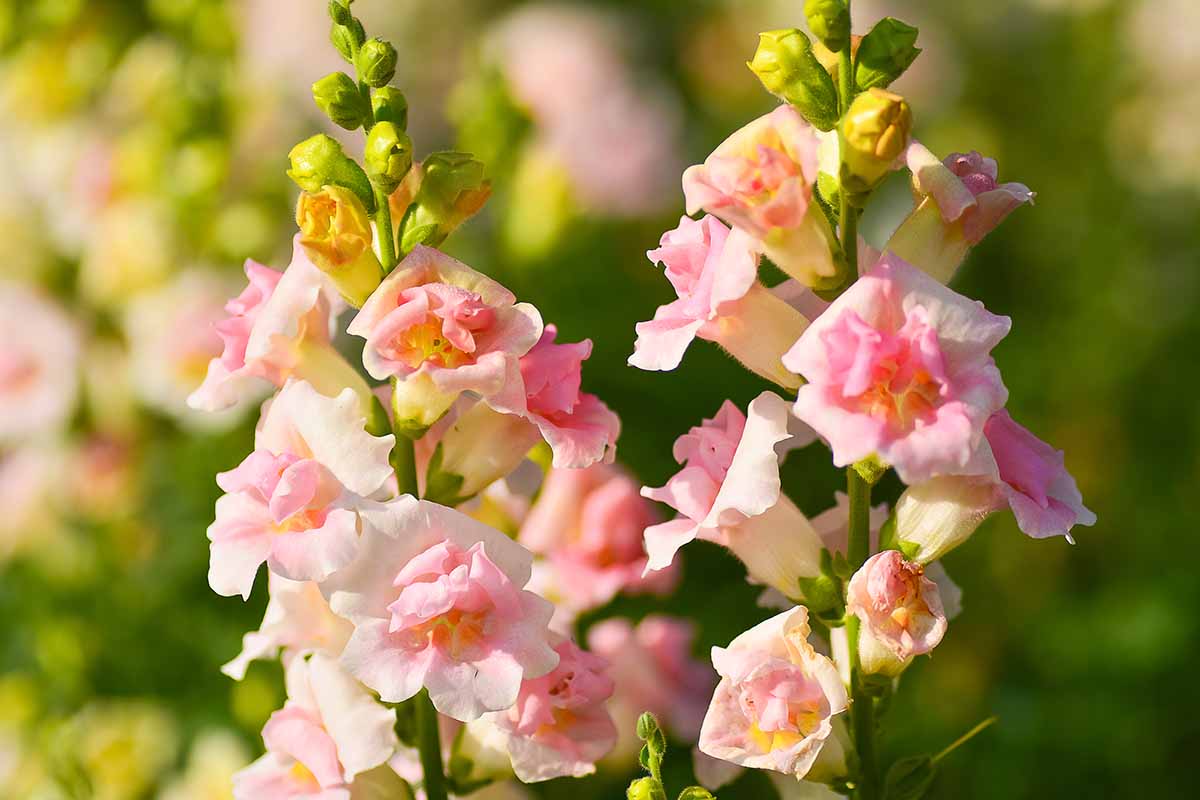
These plants are self-fertile and they bloom from about June to September, depending on where they’re grown.
Each flower lasts about 10 days, but cutting the stalks can encourage new ones to form. You can have continual blooming this way, throughout the summer and into the fall.
While you can eat the leaves and stems as well, this guide will primarily focus on the blossoms, since they have the best flavor.
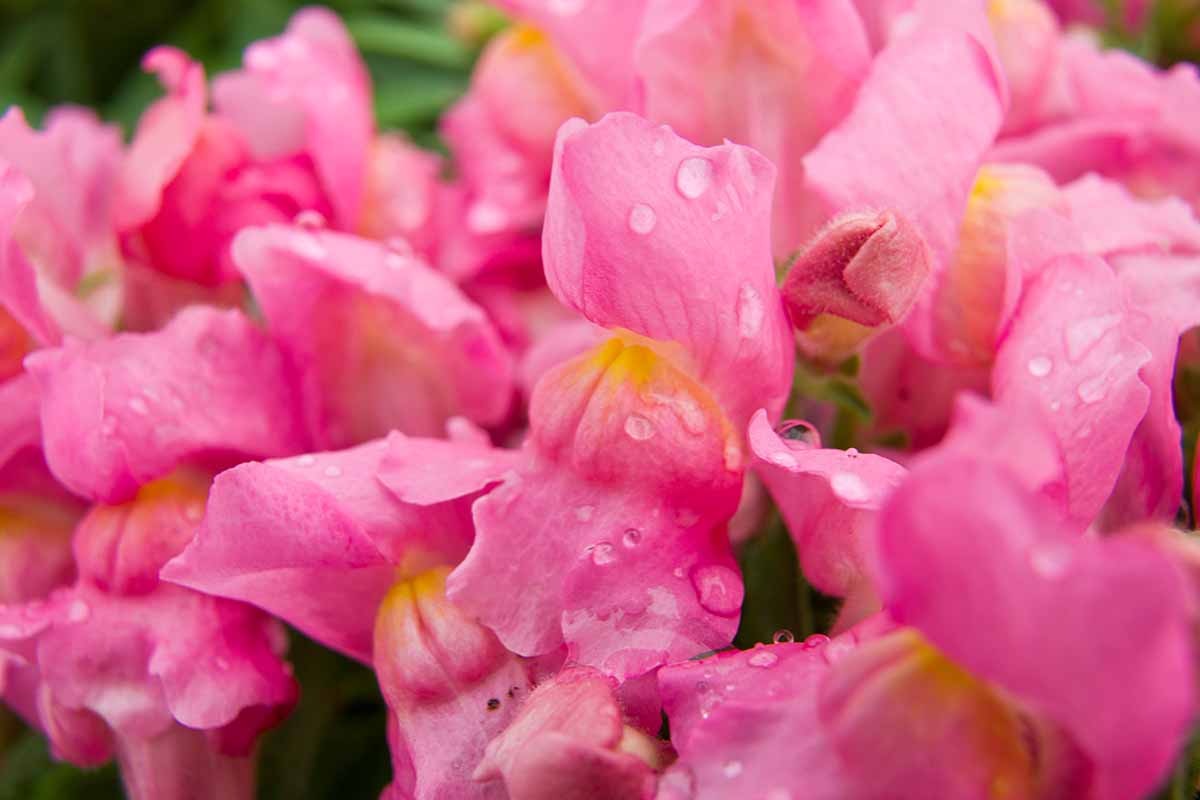
Also, you know those seedlings you can buy in packs at nurseries in the spring? They have the worst flavor. Plus, they can be treated with nasty chemicals that you don’t want to ingest.
Nursery starts are treated with growth hormones and bred to be compact and colorful, with thick petals.
If you intend to eat your snapdragons, consider growing some of the double-flowered (sometimes called butterfly) varieties. These tend to have more delicate petals, a fruitier scent, and a correspondingly sweeter flavor.
While I haven’t sampled all of the different snapdragons out there, I have tasted quite a few because I love having them in my garden, and I can’t resist trying a bite when I’m out wandering in my floral paradise.
Which Parts Are Edible?
The flowers are the most commonly eaten part of the plant, but the seeds are edible, though not very tasty.
Still, don’t let that stop you if that’s your thing. They’re teeny-tiny, so you’ll need to harvest a whole lot of them if you want to be able to even sample the flavor. As with the blooms, don’t eat any seeds that have been treated with chemicals.

You can also eat the leaves.
Having said that, the plant gets a bad rap as an edible because of its bitter flavor. However, many people are learning to appreciate bitter flavors more and more today, so I think it deserves a second look.
Chicory, dandelions, IPAs, negronis, cardoons, and dark chocolate have all become more popular in recent years.
Snapdragon flowers have an extremely pleasing crispness to them. In the right recipe, the bitter flavor is a welcome addition. They’re also undeniably beautiful, so they’re perfect as a garnish for food and drinks.
Cultivars to Select
‘Madame Butterfly’ is not only one of the prettiest snapdragons, but it has a nice flavor.
Visit Burpee to pick up 50 seeds or 18 live plants if you’d like to give her a try.
I’ve found the hybrid ‘Appleblossom’ to be a tasty option too.
You can nab seeds in a small packet, ounce, or quarter-pound packages at Eden Brothers.
‘Chantilly’ is another double-flowered cultivar, but this one has a dwarf, compact growth habit. All of the different colors taste nice, but I swear the peach is just a bit better than the yellow, magenta, or light cream.
Want More Options?
Be sure to take a look at our cultivar roundup: “23 of the Best Snapdragon Varieties to Grow at Home.”
Harvesting
Harvesting snapdragon flowers is perhaps one of the most fun harvesting processes out there. You can indulge your inner child. Grab the flowers on the side like you’re going to make the little floral dragon talk.
This next part is optional, but I highly recommend you do it. Gently squeeze the sides of the flower and mimic the voice of a dragon.
Let the flower express its excitement at being tamed to be your next meal or let it roar at you in defiance. Have some fun.
Who cares if the neighbors raise their eyebrows at you. We’re conversing with snapdragons, here! Who would dare mock a dragon tamer?
Once your conversation is over, gently pull away the bloom. You should have a whole snapdragon blossom, but don’t worry if the flower comes apart.
Alternatively, you can cut the entire stem at the base. This encourages new stems to form.

Don’t use flowers from any plant that is suffering from any type of fungal issue, which is a common problem with snapdragons.
You should also avoid using flowers from plants that you have just purchased. These are often treated with chemicals that you don’t want to be consuming.
Cut off any existing stems and wait for new ones to pop up. These are safe to eat.
You should also avoid eating any flowers from a plant if you aren’t sure that it hasn’t been sprayed with any pesticides, herbicides, or other treatments in at least a month.
Strip the bottom leaves and place the cut stems in a vase or cup filled with water. Not only will you be treated to a beautiful display, but it keeps the blossoms fresh longer so you can use them as needed.
New buds will even continue to open in the vase, but the color of these will be paler than the ones growing on the plant outdoors.
You can also wrap the stems in paper towels and place them in a plastic bag. Set this in the crisper drawer in your refrigerator.
To harvest the leaves, just snip a few at a time as needed.
How to Use
If you aren’t the president of the Bitter Flavor Fanclub, sugaring the flowers or using them in desserts is the way to go. Our sister site, Foodal has an excellent guide to sugaring flowers.
However, if you like bitter flavors you have many, many more options.
The leaves and flowers can be chopped into couscous or rice, added to tagines or curries, boiled in stews or soups, or diced into potato or olive salad. Essentially, use the petals and leaves as you would radicchio.
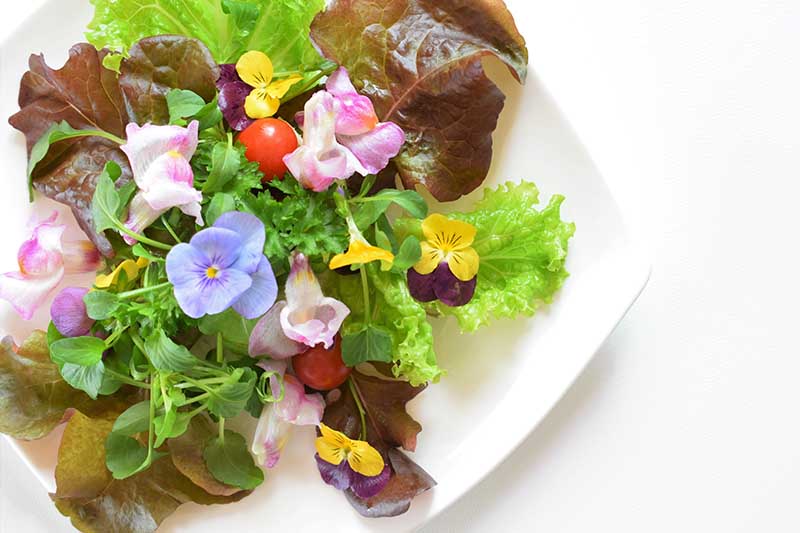
Many people recommend using the petals fresh on salads because they’re so visually striking, and they’re definitely delicious that way if bitterness is your jam. Try chopping them to reduce the boldness of the flavor – though that will reduce their decorative impact, as well.
You can also pickle them, which not only cuts out some of the bitterness but preserves them so you can enjoy the flavor long after the blossoms have gone out of season.
To do this, loosely pack a pint jar with whole flowers (don’t crush them) and a teaspoon each of coriander seeds, mustard seeds, and star anise.
In a pan, combine a pint of white vinegar with a quarter-cup of sugar and a teaspoon of salt. Boil until the sugar and salt are dissolved. Pour the liquid into the jar and seal.
You can also use them as a garnish wherever you want a little color and don’t necessarily intend to use the flavor to enhance a dish or drink.
Want more edible flower choices? Check out some of these choices.
Snap Your Teeth into Some Snapdragons
Don’t be afraid to try new flavors. Much of what we eat is simply done out of habit and tradition.
If more cultures typically ate flowers – even bitter ones such as snapdragons – we wouldn’t even be thinking twice about tossing them in soups, salads, and sandwiches!
There is a whole garden of flavors waiting for you out there if you’re willing to experiment with different methods of preparation to find the one (or ones) that suit your palate.
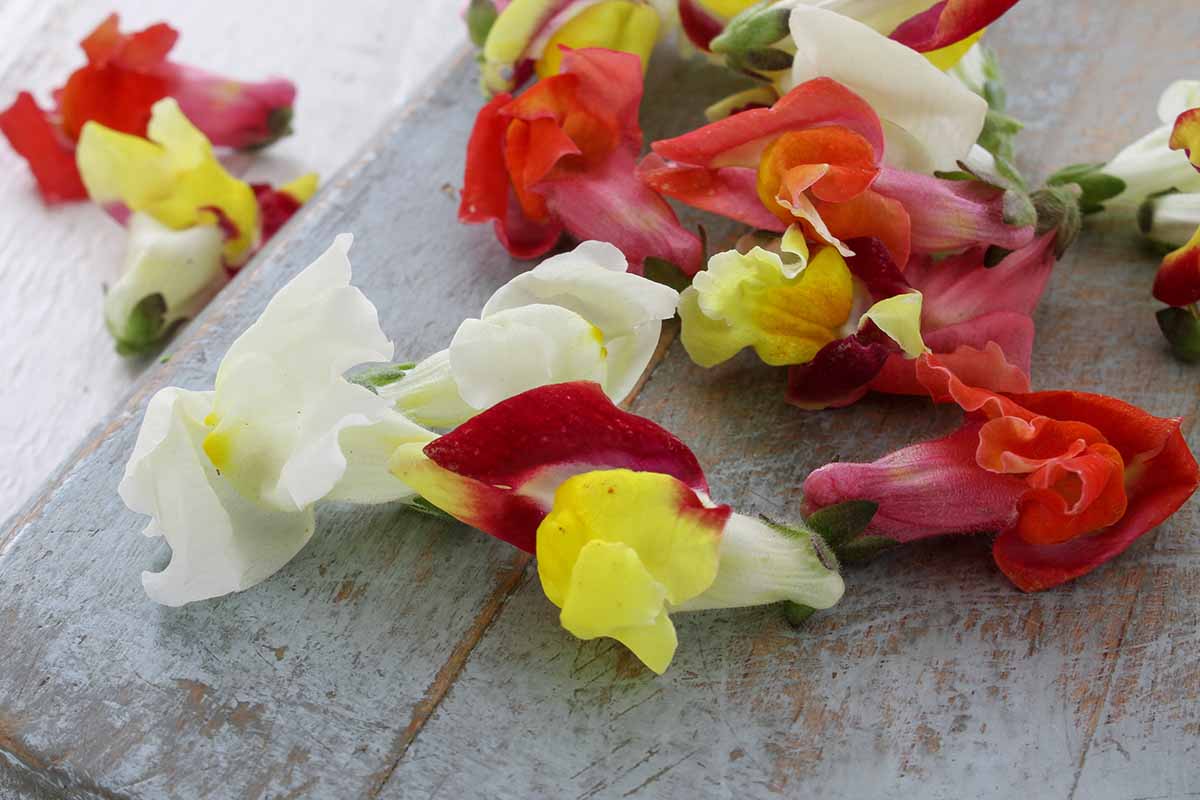
Once you’ve made a meal of these fabulous flowers, come back and let us know in the comments which cultivar you tried and how it tasted.
If you want to learn more about growing snapdragon flowers, then peruse some of these guides next:

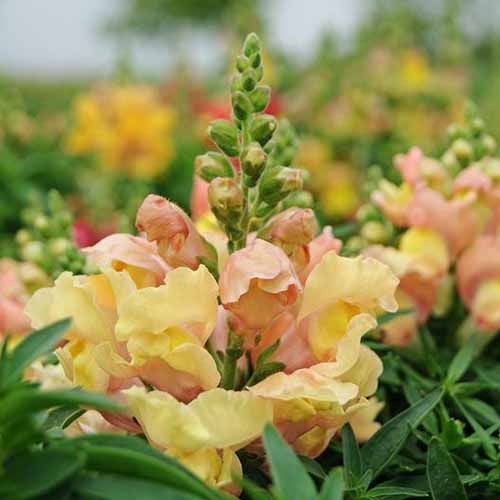
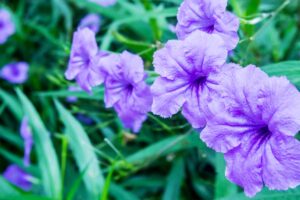
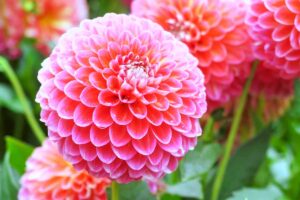
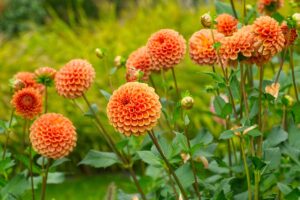
I’m so glad I now know I can eat snapdragons! This whole article was delightful. Thanks for this. It made my morning. Can’t wait to try! I will so the full inner child deal. ????????
So glad it was helpful! I love to hear that. Enjoy!
Growing edible flowers in our community garden herb beds. Thrilled to learn I can add snaps! Thanks so much.
I’m sure they’ll look beautiful (and taste delicious)!
Thank you for the information. I found a white snapdragon growing wild on a walk today with my son. I’m sure at some point they grew in someone’s garden, but that would have been many many years ago. I’m excited to use the flowers in our food. I’m also excited about the medicinal benefits. I tend to have inflammation quite often. Unfortunately, I can’t take NSAIDs, like ibuprofen, because of kidney disease. I’m hoping this will help with that. If you have any suggestions on how to use the Snapdragon for inflammation, please let me know.
Hi Becki, I love finding snapdragon volunteers! It’s always a treat. Unfortunately, I’m not able to give you advice on using snapdragon for inflammation – that’s out of my area of expertise. But I wish you the best of luck in your journey!